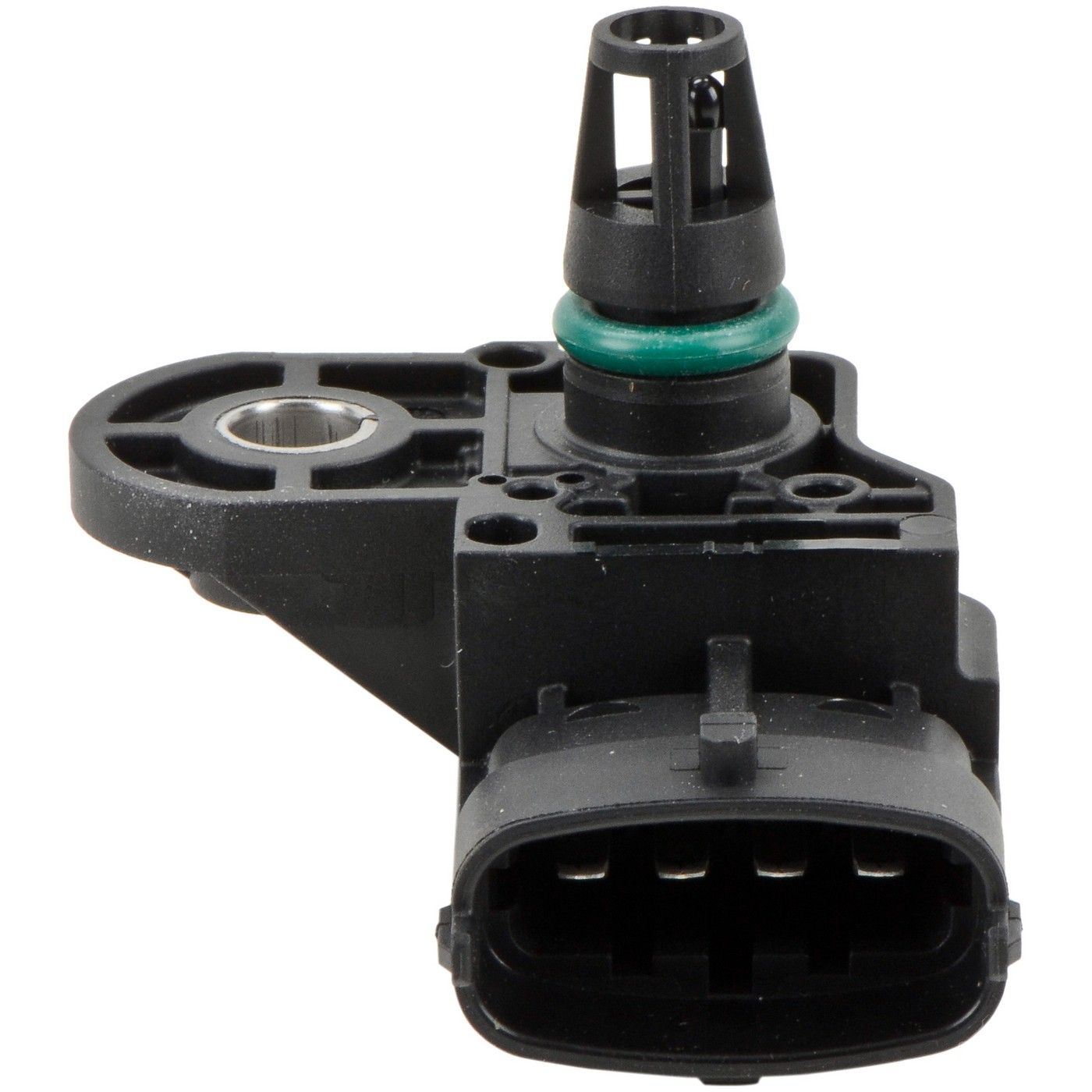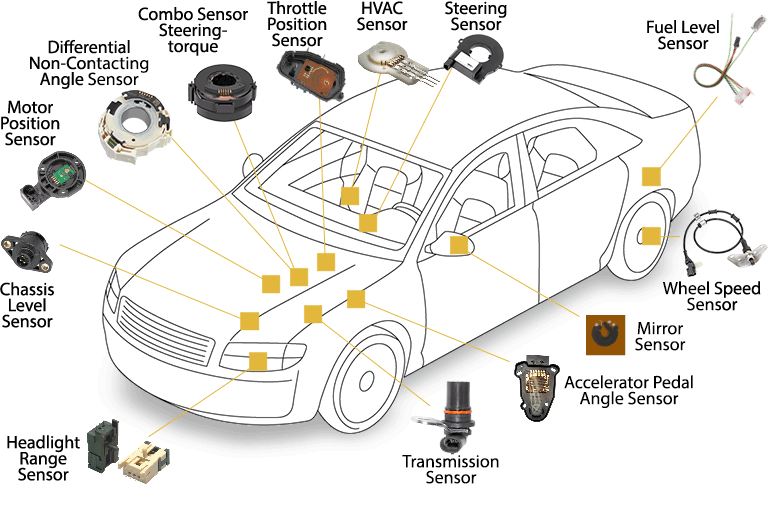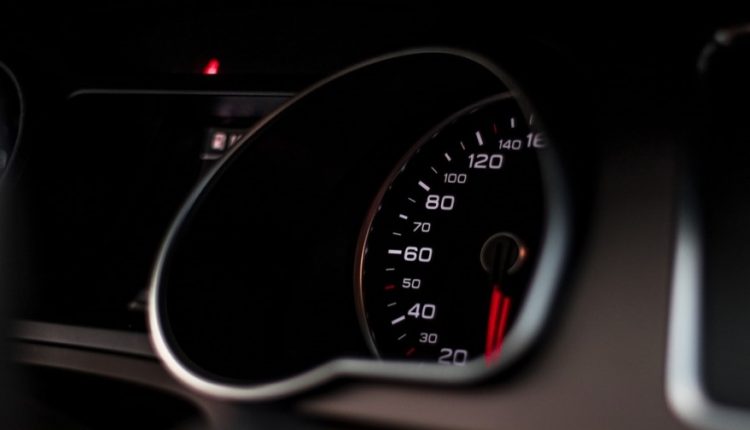The Evolution of Sensors in Automotive Applications
Automotive sensors have substantially evolved in recent years. These sensors have greatly impacted the development surrounding Micro Electro Mechanical Systems (MEMS).
MEMS can be traced back to its predecessor, the Manifold Absolute Pressure Sensor (MAP) developed in the mid-1980s by several companies. This high-pressure sensor was only rivaled by the then-popular blood pressure sensors. The idea was to integrate small mechanical systems and electrical ones on the same chip via integrated fabrication of the circuit. The inkjet printhead was one of the most commercialized applications of MEMS technology which was essentially a chamber making use of the photolithography principle- likened to an integrated circuit.

The 1991 development of the automotive airbag systems resonating around an accelerometer chip containing both the electrical and mechanical portions set the pace for even more complex innovations in later years. Such included the invention of a gyroscope sitting on a chip that worked capably with global positioning for automobiles thus creating more accurate directions for drivers.
Implementation of automotive sensors in automotive applications
Modern vehicles utilize full-on automotive sensors in order to improve the driving experience. There is actually a chain of sensors that work in unison to make control seamless. They include:
Pressure sensors
Located in the exhaust chamber, the oxygen sensor checks the content of exhaust gases for oxygen proportion. The resulting information is compared to the oxygen proportion of ambient air and establishes the fuel ratio of the engine. The computer set in the engine is fed this information and uses it to determine emission and fuel metering levels.
Speed sensors
Implementing the Hall Effect, this automotive sensor works on the principle that metal passing in a magnetic region causes changes in the latter. A heel passes in front of the magnetic region causing disorientations to it. These variations tell the engine’s mini-computer how fast the engine rotates.
Fuel temperature sensors
This virtually measures the degree of hotness or coldness of fuel. Cold fuel is dense hence takes longer to ignite while warm fuel is less dense and ignites easily. The sensor sends this information to the mini-computer at the engine which utilizes injectors to regulate fuel until a certain level of mass is reached hence resulting in the desired timing variations. It ensures that no parts of the car will get damaged if it runs out of fuel.
The technology behind automotive sensors
The whole idea behind automotive sensor development is optimizing auto performance while improving reliability and car longevity. The sensors work on the basis of measured quantity and constraints that are captured from the environment. They work in conjunction with interface requirements such as output quantity, signal conditioning, and sensitivity. The input variants include magnitude, range, temperature, and dynamics of measured quantity, which are effectively monitored and controlled to meet a set of operational factors. Such factors include accuracy, cost, reliability and power requirements.

Automotive sensors hinge themselves on two main technologies:
Capacitive-oriented sensor technology, which focuses on proximity detection by measuring the capacitance variation between the ground and the single electrode or between two mutual capacitance sensors (two electrodes) as objects get nearer these electrodes. The sensing electrode has many concentrated electoral field lines where even the slightest change in capacitance is recorded. This enables for high-end sensitivity in relation to the nearby environment.
Piezoresistive sensor technology (pressure-oriented), which implements an umbrella design where there is a mechanical diaphragm that either acts as a single half of a variable capacitor or converts any exerted pressure into the incoming plane strain.
However, recent upgrades have seen the diaphragm being discarded while opting for direct conversion of pressure to resistance variation. The sensor is etched onto thick-lined resistors which respond directly and accordingly to any kind of pressure.
Most common innovations in automotive sensors
1. Autonomous vehicles: self-driving cars that make use of laser beams, sensors and actuators. All drivers have to do is sit in the car and issue a set of instructions verbally or via touchscreen and the car will drive by itself to the intended destination.
2. Versatile cruise control: aims to take the worry out of your driving experience. It makes use of a chain of incorporated sensors which are uniquely intertwined to regulate the speed of your car in automatic mode.

